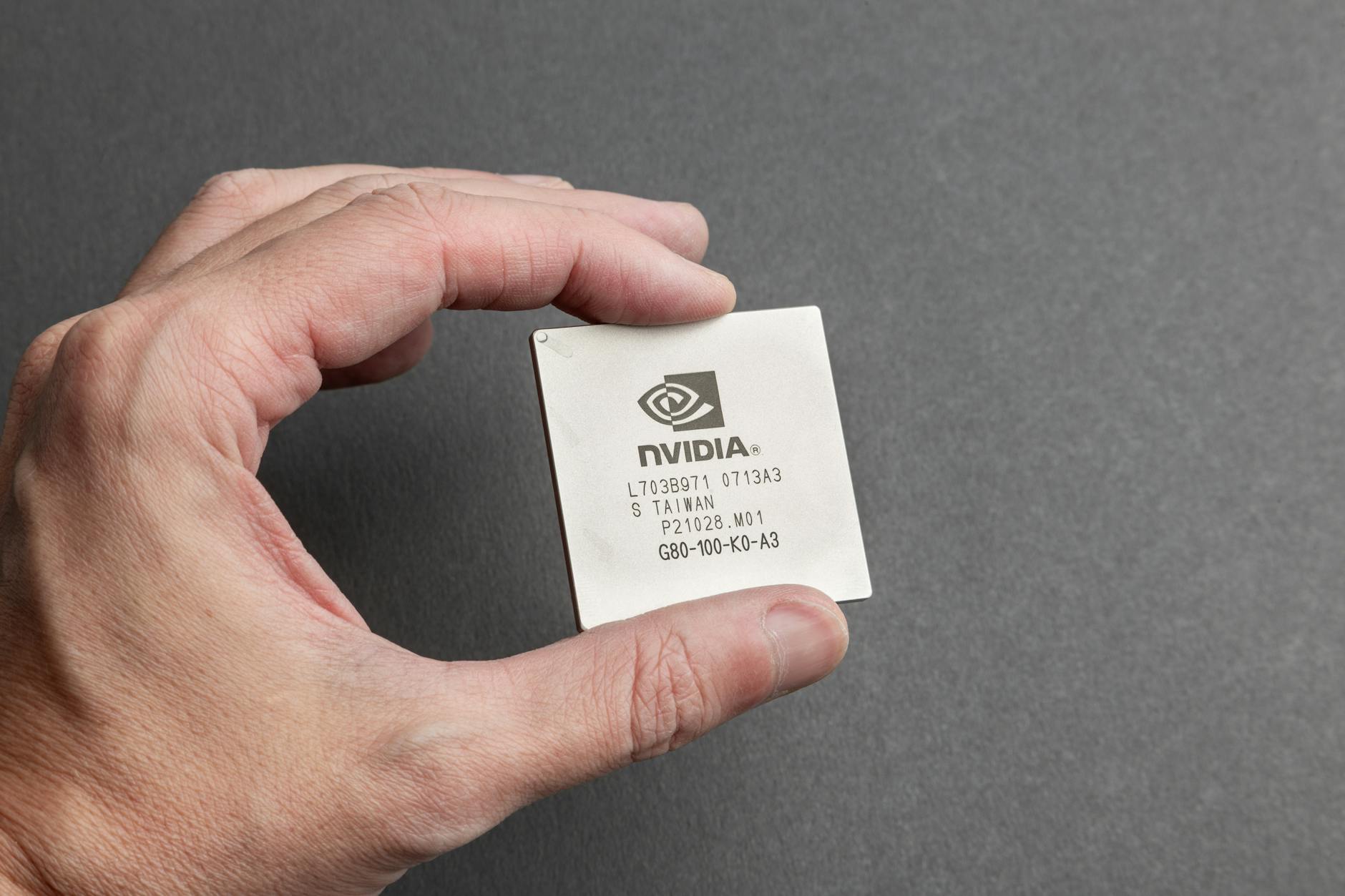Taiwan Just Blacklisted Huawei and SMIC—Here’s Why It Matters
Well, this is big. Taiwan just dropped a bombshell by officially cutting off Huawei and SMIC from key tech collaborations. And let me tell you, this isn’t just some trade spat—it’s like throwing gasoline on the already blazing US-China chip war. With Taiwan making over half the world’s advanced chips? Yeah, this move’s gonna send shockwaves everywhere. It’s like watching a chess match where every piece controls billions of dollars.
What Exactly Happened?
The Nitty-Gritty Details
So Taiwan’s Ministry of Economic Affairs came out swinging—Huawei, SMIC, and about a dozen other Chinese firms are now on their no-go list. Starting early 2025, Taiwanese companies can’t sell them critical chip gear without government approval. Sound familiar? That’s because Washington’s been pushing similar rules. Fun fact: TSMC—you know, the chipmaking giant—already stopped some shipments to SMIC back in 2020 after the US leaned on them. Talk about pressure.
Why Taiwan’s Doing This
Okay, three big reasons. First, they’re buddying up with US security goals—no surprises there. Second, everyone’s paranoid about Chinese spying (remember all that fuss over Huawei’s 5G?). But here’s the kicker: Taiwan’s “silicon shield.” Their chip dominance—especially in those cutting-edge 3nm and 5nm chips—is basically their insurance policy. One government guy put it bluntly to The Financial Times: “This isn’t about money. It’s about survival. Our chips pay for our democracy.” Heavy stuff.
The US-China Tech War Just Got Hotter
America’s Playing Hardball
Biden’s team dropped new export controls last October, blocking top-tier AI chips and equipment from reaching China. SMIC’s dreams of 7nm chips? Pretty much wrecked. And get this—Stephen Roach from Yale says if Trump wins again, things could get even nastier. “Decoupling’s not a maybe anymore,” he says. “Both parties are all in.” The ripple effects are wild—ASML in the Netherlands saw their China sales plunge 30% after joining the US-led restrictions.
China’s Not Backing Down
Huawei’s Kirin 9000S chip last year was a middle finger to sanctions—SMIC apparently made it using smuggled ASML tech. But here’s the thing: China still buys 80% of its high-end chips from elsewhere. So what’s their move? Maybe choke off rare earth metals (crucial for F-35 jets) or squeeze Taiwan diplomatically. The irony? US sanctions might actually be forcing China to go it alone—SMIC’s planning five new factories by 2025. Talk about unintended consequences.
This Tech Cold War’s Going Global
Economic Fallout
Supply chains that were just recovering from COVID? They’re in for another beating. Apple’s reportedly hoarding TSMC chips like toilet paper in 2020, and carmakers are sweating over another shortage. Long-term? We’re probably looking at two separate tech worlds—one led by the US (with Taiwan, Japan, Netherlands), and China doing its own thing. A Goldman Sachs memo called it the “Chip Berlin Wall.” Fitting, right?
Geopolitical Tinderbox
Here’s where it gets scary. China sees Taiwan as part of its territory—always has. So Taiwan’s move? It’s like poking a dragon. Some analysts are calling this “Cold War 2.0,” but instead of nukes, the weapons are TSMC’s factories. Think about this: if China blockades Taiwan—where 90% of the world’s advanced logic chips are made—global GDP could drop 10% overnight. That’s not a recession, that’s a heart attack.
What Comes Next?
Taiwan’s Tricky Position
TSMC’s building $40 billion worth of plants in Arizona and Washington—smart diversification. But Morris Chang (TSMC’s legendary founder) says you can’t just copy decades of know-how. Meanwhile, Taiwan’s playing “Chip Diplomacy”—trading semiconductor access for political recognition. Risky move when China’s breathing down your neck.
China’s Go-It-Alone Gamble
Beijing’s throwing $150 billion at chips, aiming for 70% self-sufficiency by 2030. But SMIC’s 7nm yields? Still under 50%. And Huawei’s “Project Da Vinci” rumors—maybe working with Russia or North Korea—have Western spies sweating bullets.
Three Possible Futures
1) Worst-case: US bans all chip sales to China. 2) Middle-ground: We get split tech ecosystems. 3) Miracle scenario: Some new global chip treaty. With the EU’s Chips Act and South Korea stuck between US markets and Chinese factories? Nobody knows how this ends. But one thing’s clear—whoever controls silicon in the AI age controls the game.
The Bottom Line
Taiwan’s blacklist isn’t just another trade policy—it’s a turning point. China screams “coercion,” America says it’s stopping authoritarian tech dreams. For regular folks? Expect pricier gadgets. Investors? Buckle up for a wild ride. And diplomats? They’re not sleeping much these days. This war won’t be fought with tanks, but with supply chains—and Taiwan just fired the loudest shot yet.
Source: Financial Times – Companies










